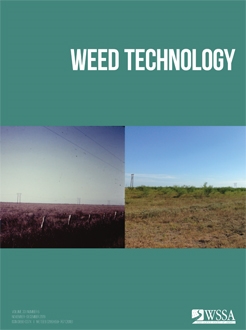
Group characteristics of tea growers relative to weed management: a case study in southwestern China
Sweetpotato tolerance to saflufenacil and rimsulfuron/thifensulfuron-methyl applied pretransplanting
